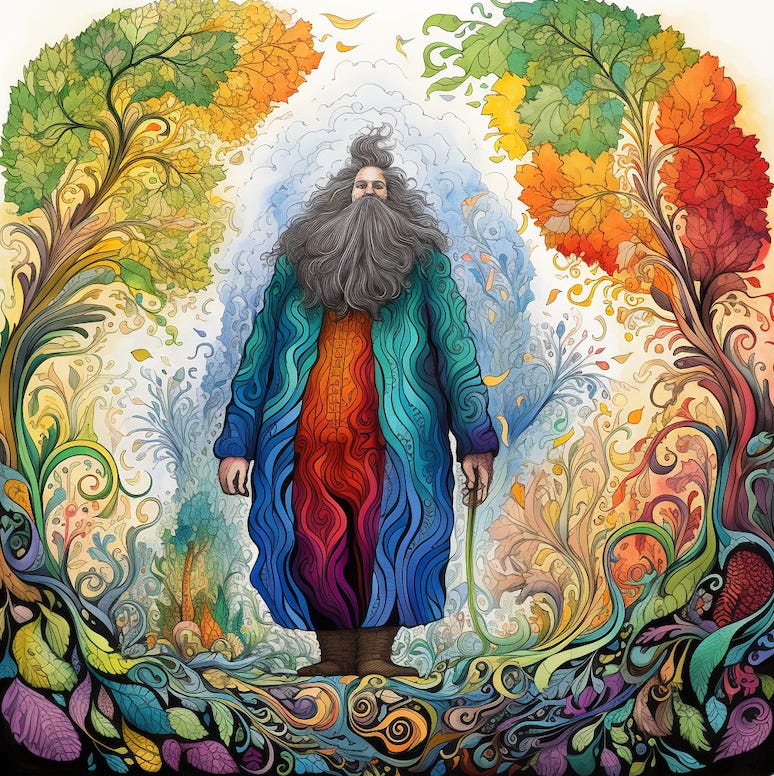Giants are a staple of folklore and storytelling. They captivate the imaginations of people across various cultures. Throughout history, giants have played a significant role in stories.
Origins and Significance
The concept of giants is ancient and universal. Giants appear in the earliest recorded mythologies. In Greek mythology, the Titans were giant deities who preceded the Olympian gods. Norse mythology speaks of the Jotnar, often translated as giants. They were constant foes of the gods. These stories often used giants to represent the chaos preceding the ordered world.
Symbolism and Representation
In many cultures, giants are symbolic. They can represent insurmountable challenges, or natural disasters. They may teach us moral lessons about pride and hubris. The Biblical story of David and Goliath, for instance, is a classic underdog tale. In it, a small but clever hero overcomes a giant through wit and faith.
Variations Across Cultures
Every culture has its unique depiction of giants. In European folklore, giants are often brutish and stupid, outwitted by clever humans. In contrast, Asian folklore sometimes portrays giants more sympathetically, as misunderstood beings. African and Native American tales often incorporate giants.
Giants in Modern Media
In contemporary times, the fascination with giants continues. From the friendly giant in Roald Dahl’s “The BFG” to the menacing titans in the “Attack on Titan”, giants are versatile figures. They may evoke fear, wonder, or sympathy.
Final Words
The enduring presence of giants in folklore reflects our fascination with the idea. Whether as adversaries or as symbols of nature’s power, giants resonate with us.
As metaphors, moral lessons, or sources of wonder, giants continue to inspire. Perhaps they reflect a shared ancestral memory of a time when giants roamed the Earth.





